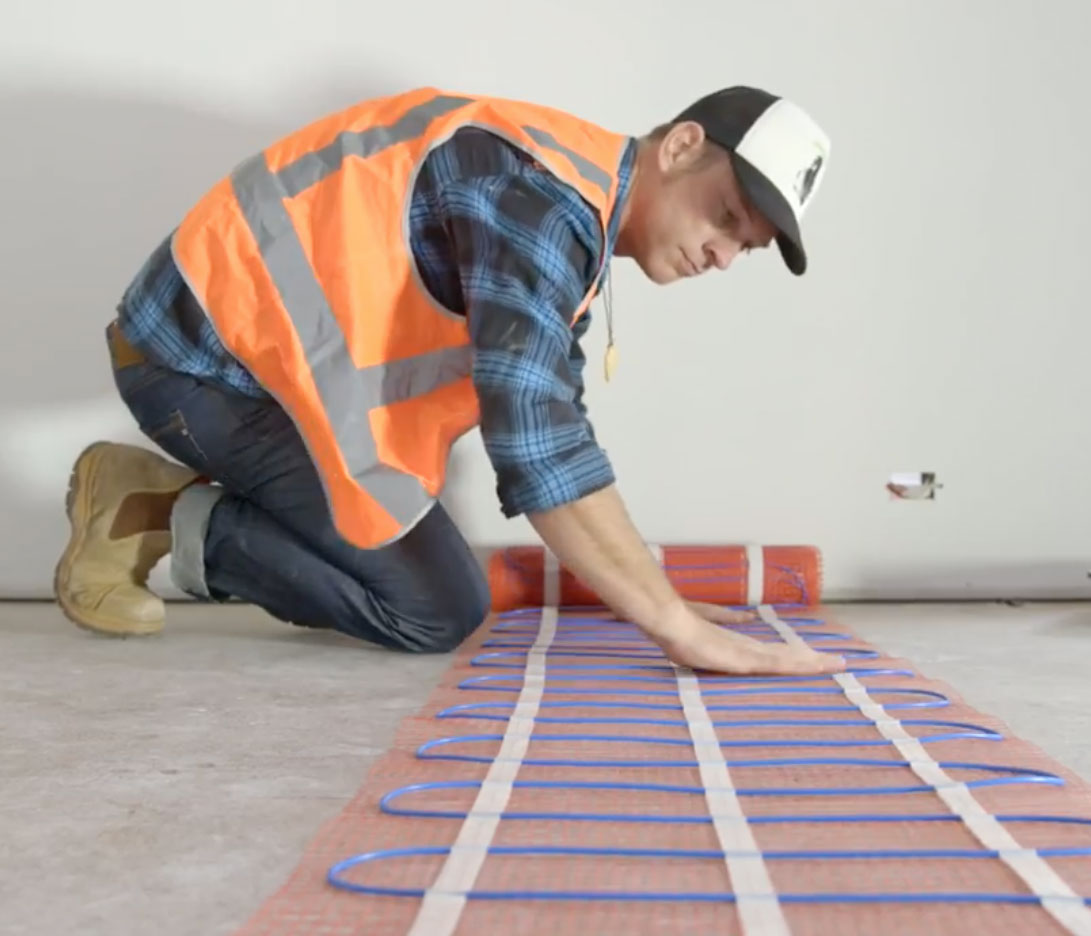Underfloor Heating Running Costs
There are several factors that determine floor heating running costs. The size of the heated area and the set temperatures are important variables affecting the cost to run floorheating. Also, insulation and heat loss within your home, your electricity cost per kilowatt hour, and whether you can operate on off-peak rates will have a dramatic effect on running costs.
All Customheat controllers/ thermostats have an inbuilt schedule mode, which raises and lowers temperatures at different times of the day to suit peak times and off peak usage. We pre-program our controllers with a default schedule that raises temperatures during morning and evening, and lowers temps during the day and overnight. Of course, these settings can be changed to suit customer preference.
Costs To Run Hydronic Heating
For this cost comparison, we will look at gas hydronic heating, as it is the most common. We refer to the Sustainability Victoria website for cost comparison estimates for a medium sized house of 160 square metres. A zoned hydronic system will cost around $1500 per year to run, according to their cost study. Interestingly, a ducted reverse cycle system is also around $1500 per year, and a gas ducted system will be around $1600 per year. Therefore, running costs for these different types of heating are very similar.
Costs To Run Electric Floor Heating
This type of underfloor heating may be installed in smaller and larger areas. However, the most popular room in the house to heat is the bathroom. Generally, bathrooms are smaller areas and require between 1 square metre and 4 square metres of heated space. Due to the small area, they are very cost effective to run and most customers won’t notice the extra cost on their electricity bill. As a guide, taking into account a well programmed thermostat running on a schedule, an average sized bathroom should cost around 3 cents per hour to operate. We have based this calculation on paying around 24 cents per kilowatt hour.
Tips To Reduce Floor Heating Costs
Thermostats: Set your thermostat between 18 degrees celsius and 23 degrees celsius. Just 2 degrees higher can increase your running costs by up to 15%.
Reduce the heated area: For living areas, instal heating approximately 300mm from the walls, and avoid heating under lounges and other furniture.
Ceiling fans: A fan set on low speed can redistribute hot air build up in high ceiling areas.

